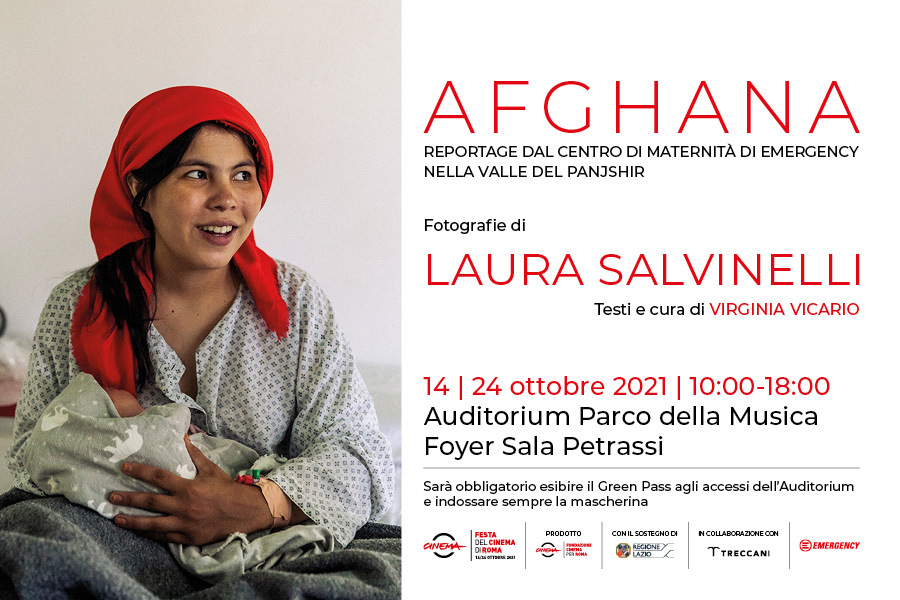UN’OASI DI DONNE PER LE DONNE
A SAFE HAVEN BY WOMEN FOR WOMEN
Virginia Vicario
La mostra fotografica AFGHANA di Laura Salvinelli documenta quella che a molti era sembrata «una pazzia», ovvero la scelta di EMERGENCY di dare vita a un centro di maternità nell’isolata Valle del Panjshir. Avviato nel 2003, il Centro si è dimostrato una struttura necessaria e fondamentale per la salute materno-infantile dell’area, offrendo gratuitamente assistenza ginecologica, ostetrica e neonatale in un Paese dove la mortalità materna è 99 volte più alta di quella registrata in Italia e il tasso di mortalità infantile è 47 volte più alto. L’importanza del Centro non riguarda soltanto la prevenzione e l’assistenza sanitaria: la maternità di Anabah è anche un polo formativo per il personale afgano, tutto al femminile.
Il lavoro di Laura Salvinelli, realizzato nel 2019, ci conduce in un’oasi protetta di donne per le donne. Qui lo staff locale e le pazienti possono dedicarsi a sé: le prime trovano nello studio e nel lavoro un’autostima insperata nonché un importante ruolo sociale; mentre le seconde, libere dalle pressioni esterne (i parenti non sono ammessi), vivono un momento di libertà inaspettata. All’esternole carcasse dei carri armati testimoniano una guerra senza fine. Il percorso della mostra ci accompagna nel buio della sala parto: le luci di taglio ne svelano man mano i dettagli, fino alla danza finale del nuovo nato.
Cosa rimarrà di tutto questo ora che i talebani hanno riconquistato il potere? Per ora EMERGENCY non lascia l’Afghanistan, ma cosa accadrà alle donne afgane dello staff? Potranno continuare a lavorare? L’appello della Ong a «non abbassare l’attenzione mediatica e politica su quello che sta accadendo» va sostenuto. Così avrebbe voluto Gino Strada.
Laura Salvinelli’s photographic exhibition AFGHANA documents what many considered “madness”: EMERGENCY’s choice to create a maternity centre in the isolated Panjshir Valley. Launched in 2003, the Centre turned out to be a necessary and fundamental structure for the health of mothers and children in the area, offering free gynecological, obstetric, and neonatal care in a country where the maternal mortality rate is 99 times higher than in Italy, and the infant mortality rate is 47 times higher. The Centre’s importance does not only concern prevention and medical care: the Maternity Centre of Anabah is also a training centre for the Afghan staff, exclusively composed of women.
Laura Salvinelli’s work, completed in 2019, shows us a safe haven, built by women for women. Here, the local staff and the patients take care of themselves. Through studying and working, the former can gain a new sense of self-worth and increase their social standing; the latter, free from external pressure (since relatives are not admitted) can experience a moment of unexpected freedom. Outside, the carcasses of tanks serve as a reminder of a never-ending war. The exhibition takes us into the dimly lit birthing room; the sidelight gradually reveals its details, until, finally, we witness the dance of the newborn.
What will remain of all this, now that the Taliban have regained power? EMERGENCY will not leave Afghanistan for now, but what will happen to the Afghan women of the staff? Will they still be able to work? The ONG’s plea to “sustain the media coverage and political focus on what is happening” must be supported. It’s what Gino Strada would have wanted.
Catalogo / catalogue: https://emporium.treccani.it/it/editoria/libri-darte/afghana
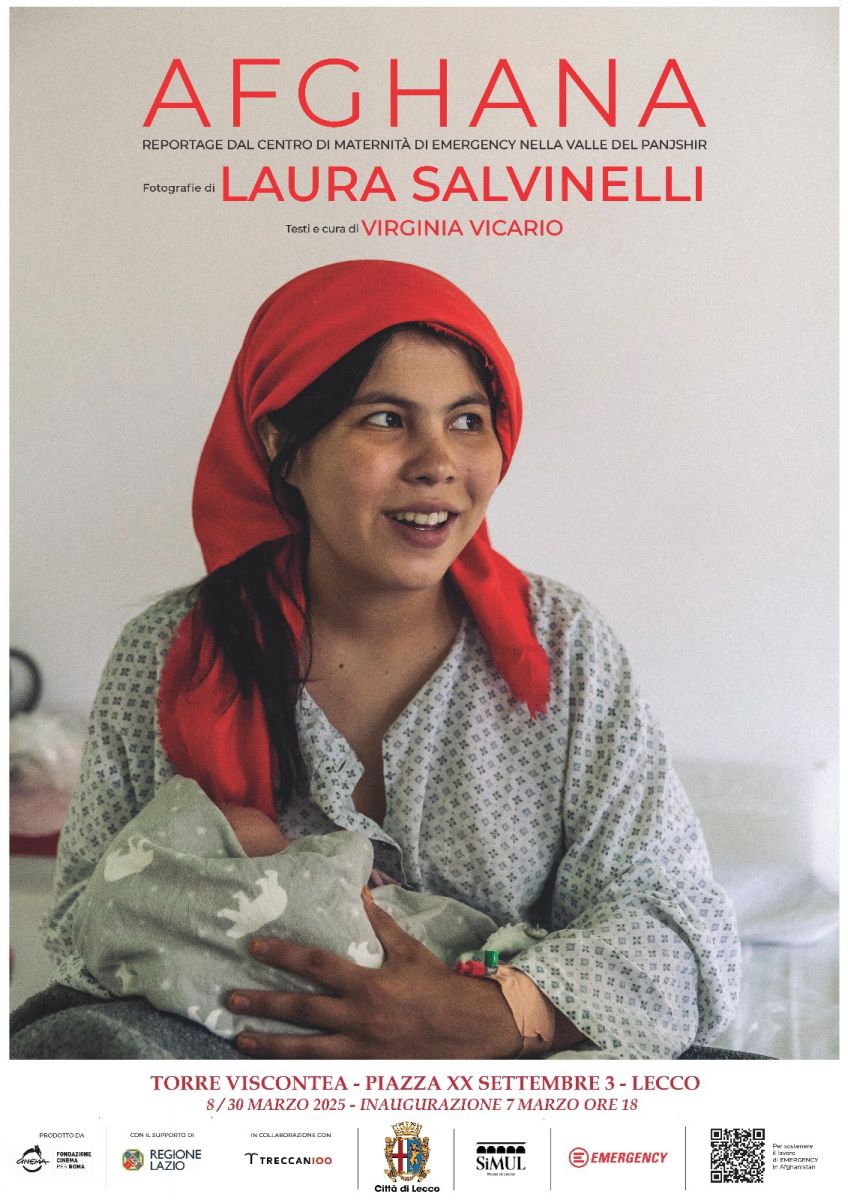
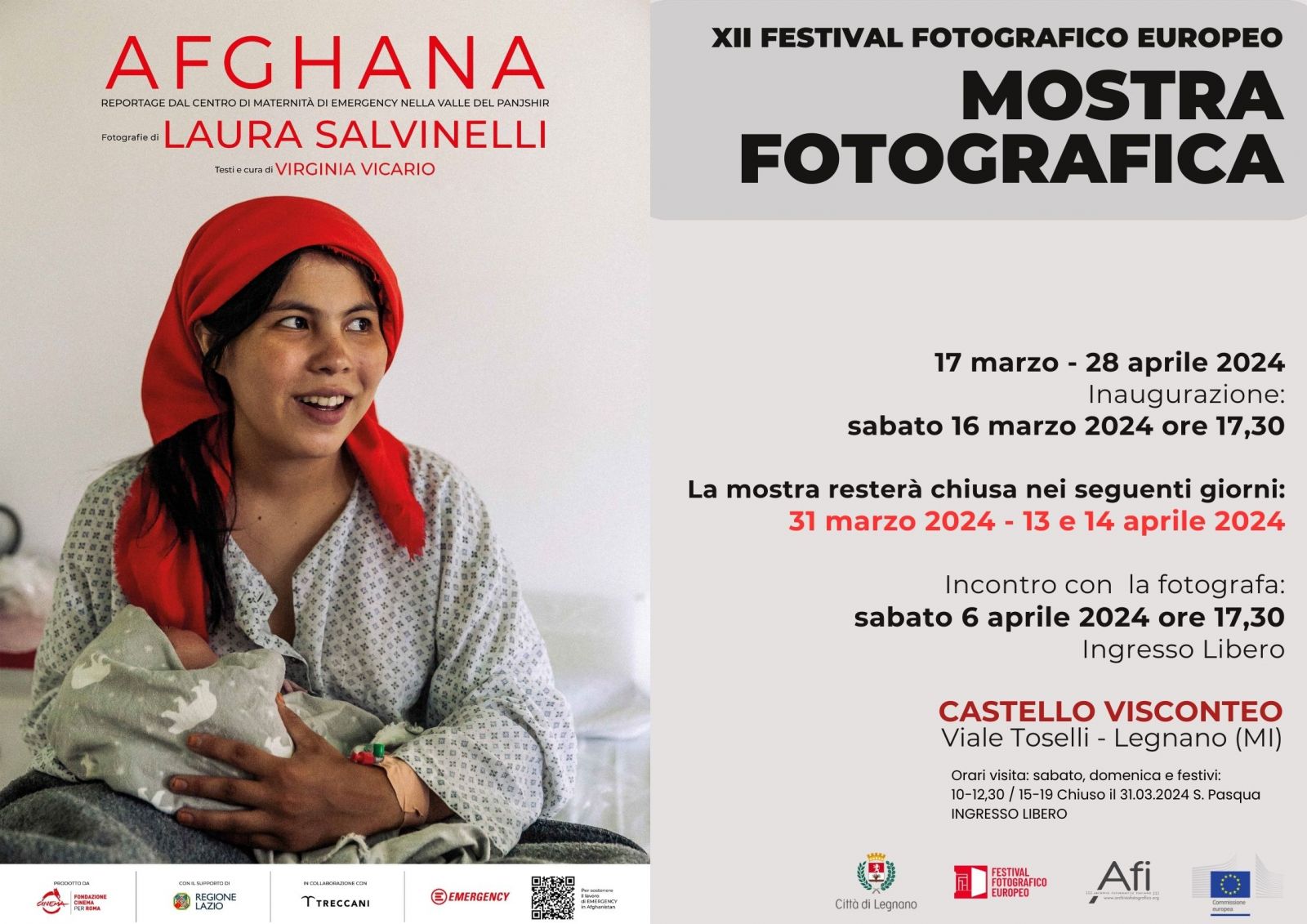
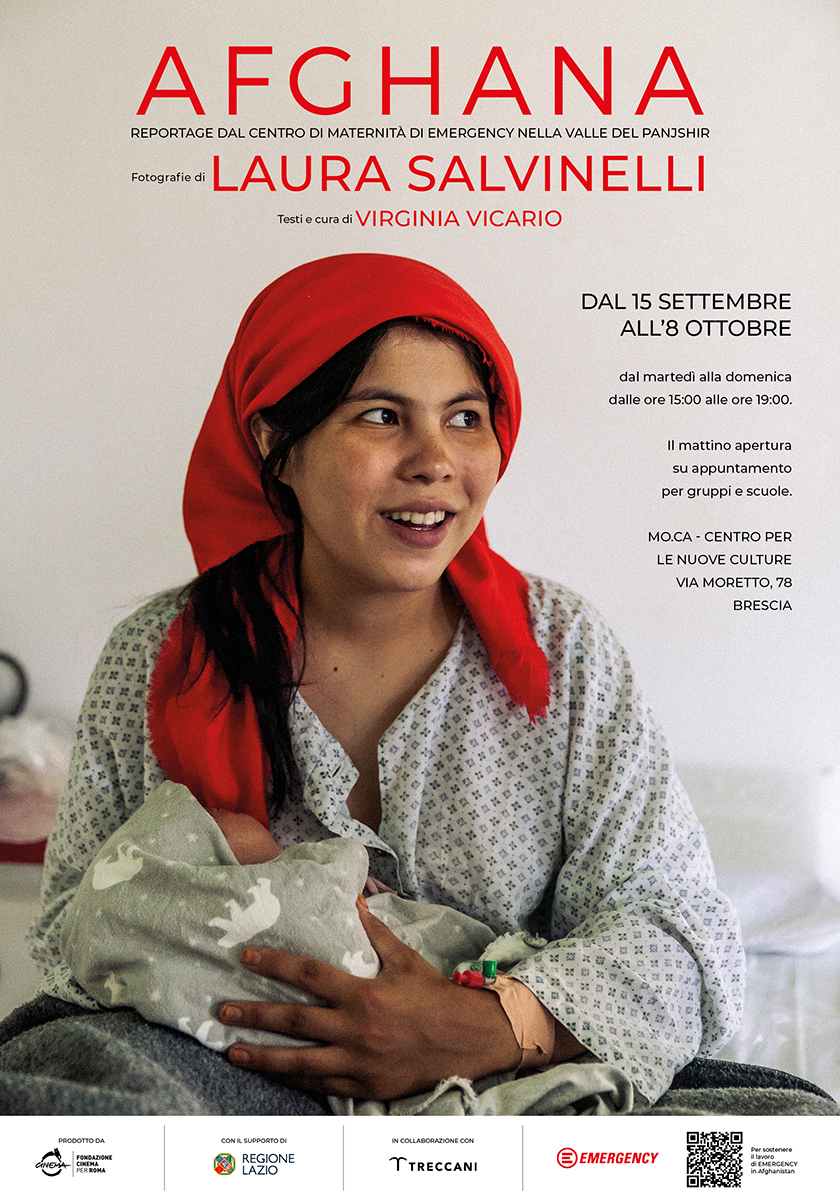
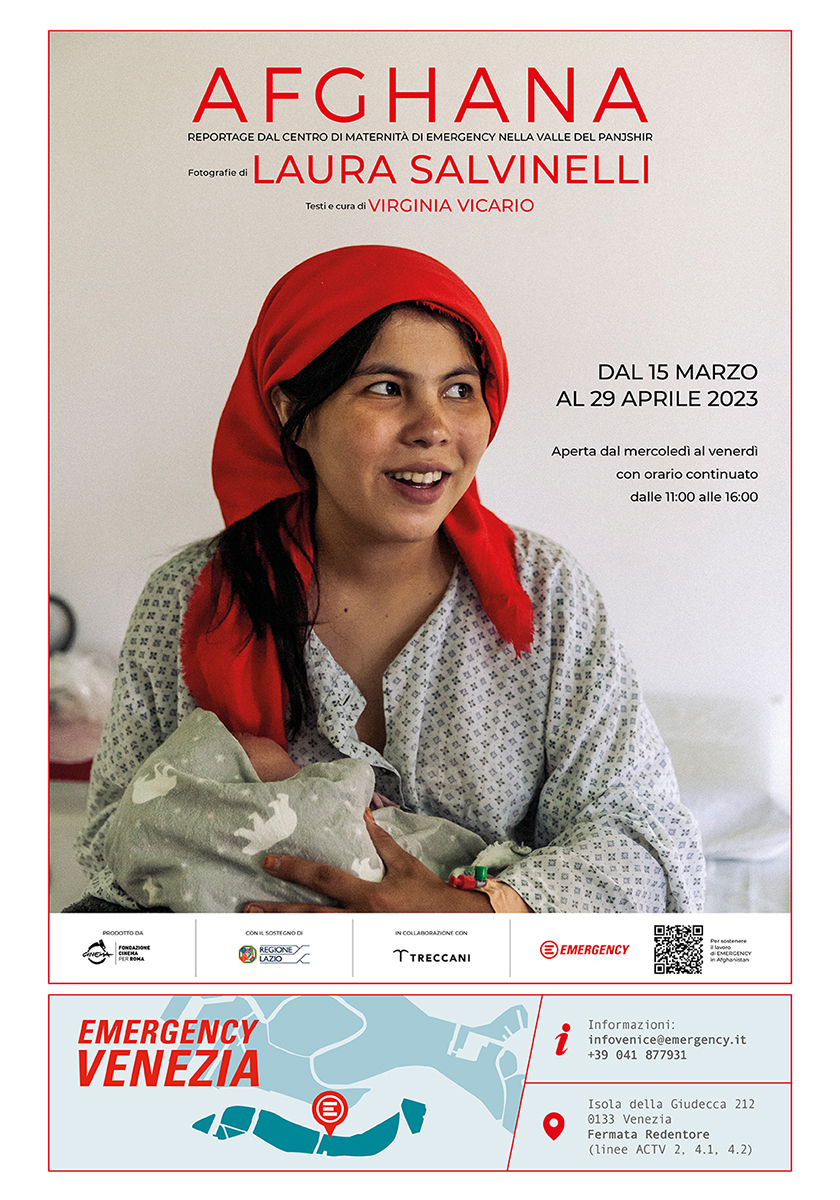
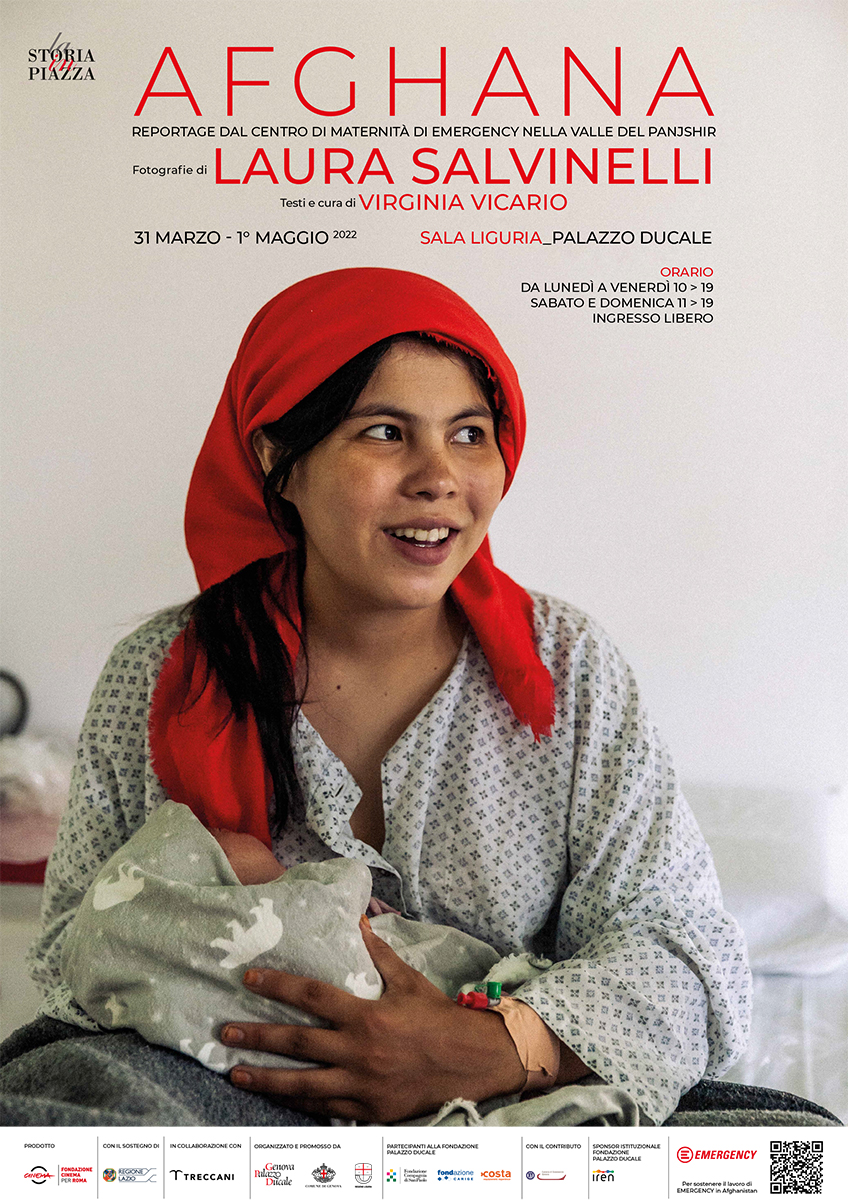
.jpg)
